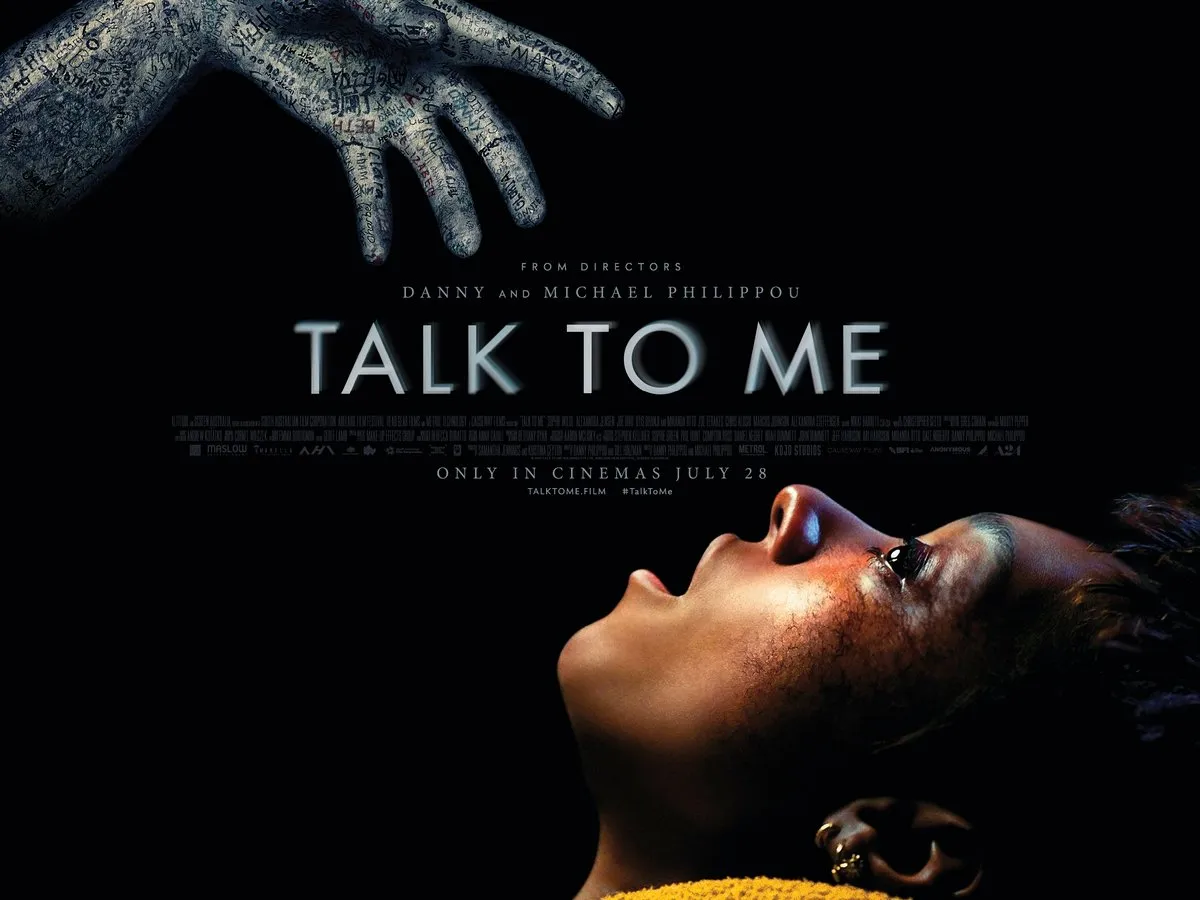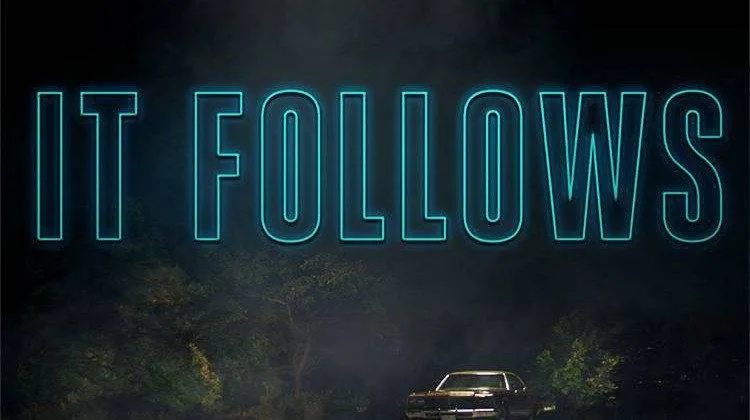When the dead walk the earth, survival demands more than courage—it demands sacrifice.
The Living Dead (2025) brings back the chilling terror of the zombie genre with a bold and thought-provoking narrative. Inspired by the legacy of George A. Romero’s classic works, this film explores not only the survival of the human race against the undead but also the moral decay that emerges when society collapses. More than a horror film, it’s a study of what people become when stripped of order and security.

Set in a world ravaged by an unstoppable plague, small groups of survivors struggle to carve out a semblance of safety. Cities have become ghostly ruins, while rural strongholds turn into fortresses of desperation. Yet, the greater danger comes not from the hordes of the undead, but from the ruthless decisions humans must make to stay alive. Trust is fleeting, alliances are fragile, and compassion often feels like a liability.
What distinguishes The Living Dead is its blend of visceral horror and sharp social commentary. Each encounter with the undead is as much a test of morality as it is of survival. Characters face dilemmas that force them to choose between protecting their loved ones and sacrificing strangers, or between preserving humanity and succumbing to cruelty.

The atmosphere is relentlessly bleak yet gripping. Dark, decaying landscapes mirror the erosion of hope, while every scream and sudden silence raises the tension. By the climax, the film asks its most haunting question: what does it truly mean to be alive when the dead never rest?



